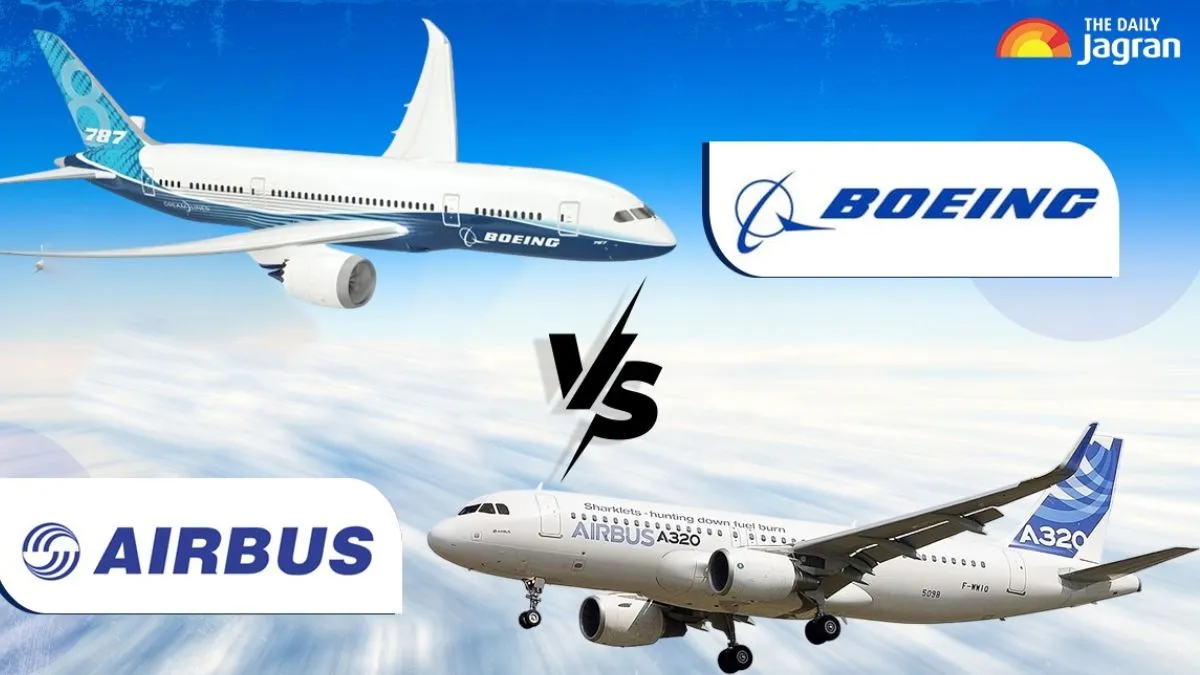- By Aditya Jha
- Sat, 14 Jun 2025 01:36 PM (IST)
- Source:JND
Ahmedabad Plane Crash: In a tragic incident, a total of 274 people were killed after an Air India aircraft crashed in Ahmedabad just a few minutes after taking off on June 12. The crashed aircraft was a Boeing 787-8 Dreamliner and was considered one of the safest and most advanced passenger aircraft. The aviation industry has been witnessing the duopoly of Boeing and Airbus, two of the leading manufacturers of aircraft, for the past three decades. Airline services from all over the world choose services from one of the two firms based on several factors, including fleet compatibility, cost implications, buyer-supplier relationships, and maintenance capabilities.
Here Are Main Differences Between Boeing And Airbus:
1. Nose Shape:
Boeing: Its nose is pointed and sharp, which looks like an arrow
Airbus: Its nose is round and semi-circular and looks a little flat and soft
ALSO READ: ISRO Says It's On: Shubhanshu Shukla Set To Launch On June 19 | Here's Why It Was Delayed
2. Cockpit windows:
Boeing cockpit windows: The lower part of the side window of its cockpit is slanted, i.e., V-shaped. Apart from this, the corner of the last window is a little pointed and angular.
Airbus cockpit windows: Its windows are more square, and the upper corner of its last window appears a little cut.
3. Size of engines:
Boeing: The lower part of their engines is flat, while the upper part is round. Apart from this, Boeing's engines are installed on the front side of the wing.
Airbus: Its engines are completely round; they are almost like a perfect circle. The engines are installed just below the wing, so they can be easily noticed when looking from the back of the aircraft.
ALSO READ: Punjab Covid-19 Cases: Advisory Issued Amid Spike In New Infections; Check Do's And Dont's
4. Tail Design:
Boeing: The tail usually has a slight slope where it meets the body of the plane.
Airbus: The tail is attached directly to the body of the plane with no slope. It is a sharp and straight connection.

